
Assistant for Problem Solving Using Mental Models - AI-powered Problem Solving
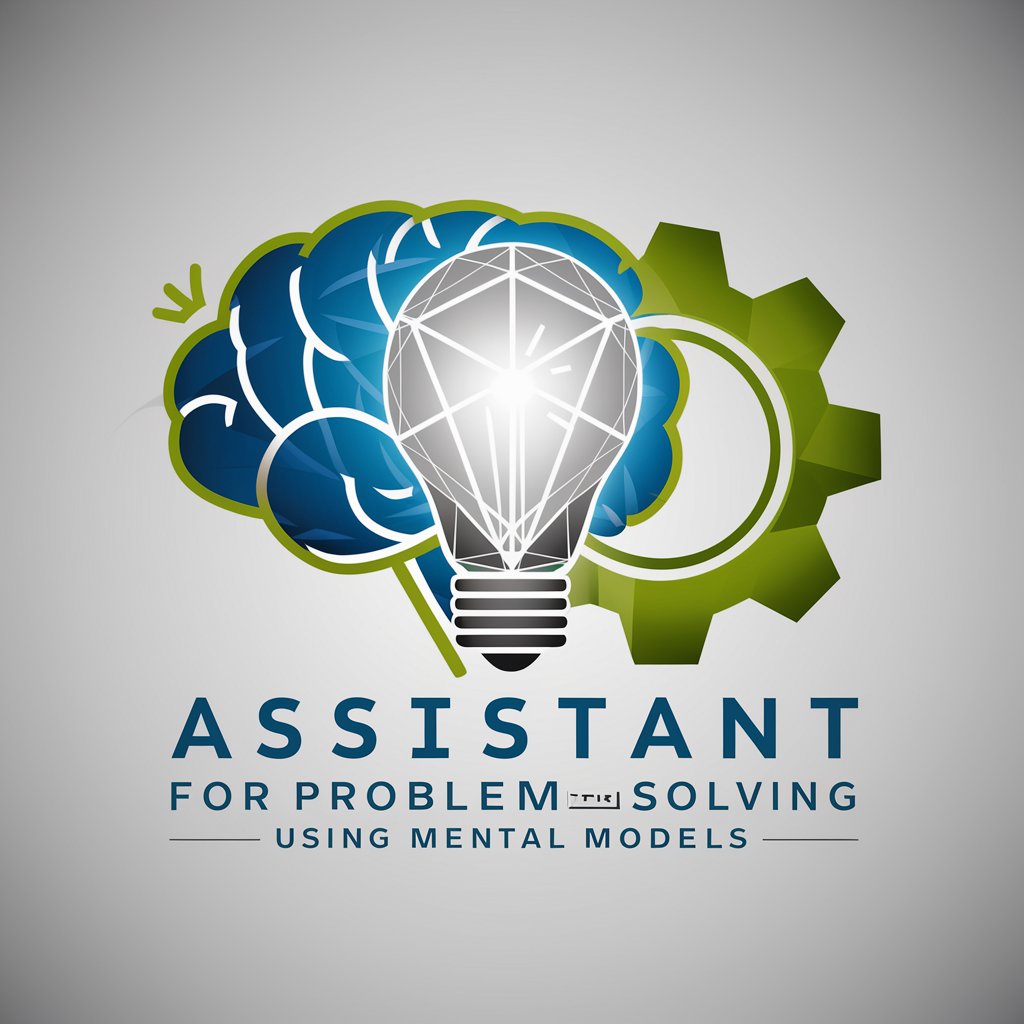
Здравствуйте! Я ваш ассистент по решению проблем.
Harness AI to navigate complexity with ease.
Здравствуйте! Какую задачу вы хотите решить сегодня?
Расскажите о своей проблеме, и я помогу подобрать подходящую ментальную модель.
Какие детали вашей задачи кажутся вам наиболее важными?
Что вы уже пробовали сделать для решения вашей проблемы?
Get Embed Code
Introduction to Assistant for Problem Solving Using Mental Models
Assistant for Problem Solving Using Mental Models is designed to facilitate problem-solving and decision-making processes by leveraging a diverse set of mental models. Mental models are frameworks or theories that help understand how things work in the real world. They enable individuals to predict outcomes, solve problems, and make decisions more effectively by providing structured ways of thinking about complex situations. This assistant is programmed to identify which mental model could be most beneficial given a specific problem or decision context, guiding users through applying these models to their unique situations. For example, when faced with a strategic business decision, the assistant might suggest using the SWOT Analysis (Strengths, Weaknesses, Opportunities, Threats) to systematically evaluate the decision's potential impacts. Or, for personal productivity challenges, it could recommend the Eisenhower Matrix to prioritize tasks based on urgency and importance. Powered by ChatGPT-4o。

Main Functions of Assistant for Problem Solving Using Mental Models
Identification of Relevant Mental Models
Example
SWOT Analysis, Eisenhower Matrix
Scenario
When a user presents a complex decision-making situation, the assistant identifies and recommends a mental model like SWOT Analysis for strategic business decisions or Eisenhower Matrix for task prioritization.
Guidance on Application of Models
Example
Step-by-step guidance on conducting a SWOT Analysis
Scenario
The assistant provides detailed steps for applying the recommended mental model, such as how to list strengths, weaknesses, opportunities, and threats in SWOT Analysis, and suggests strategies for leveraging strengths and opportunities.
Iterative Refinement and Support
Example
Adjusting the application of the Eisenhower Matrix based on user feedback
Scenario
If a user struggles with applying the Eisenhower Matrix effectively, the assistant offers tailored advice on adjusting their prioritization approach for better time management and productivity.
Ideal Users of Assistant for Problem Solving Using Mental Models
Business Leaders and Managers
Individuals responsible for strategic decision-making and problem-solving within organizations. They benefit from using mental models to evaluate business landscapes, make informed decisions, and improve organizational strategies.
Students and Academics
Learners who engage with complex problems and academic research. Mental models can help them structure their thinking, enhance learning, and apply theoretical knowledge to real-world scenarios.
Professionals Seeking Personal Development
Individuals looking to improve personal productivity, decision-making, and problem-solving skills. The assistant provides tools and frameworks that can be applied to both professional and personal life challenges.

How to Use Assistant for Problem Solving Using Mental Models
Start Your Journey
Begin by accessing yeschat.ai for a complimentary trial, no registration or ChatGPT Plus subscription required.
Identify Your Problem
Clearly articulate the problem or challenge you're facing. The more details you provide, the more tailored the assistance you'll receive.
Choose a Mental Model
Explore the range of mental models available. Each model is designed to approach problems from unique angles, offering diverse solutions.
Apply the Guidance
Follow the step-by-step guidance provided to apply the chosen mental model to your problem. Engage in iterative refinement as needed.
Evaluate and Iterate
Assess the effectiveness of the applied solution. Don't hesitate to revisit and apply different models based on outcomes and insights gained.
Try other advanced and practical GPTs
Writing Paper using Codes
Empowering research with AI and code
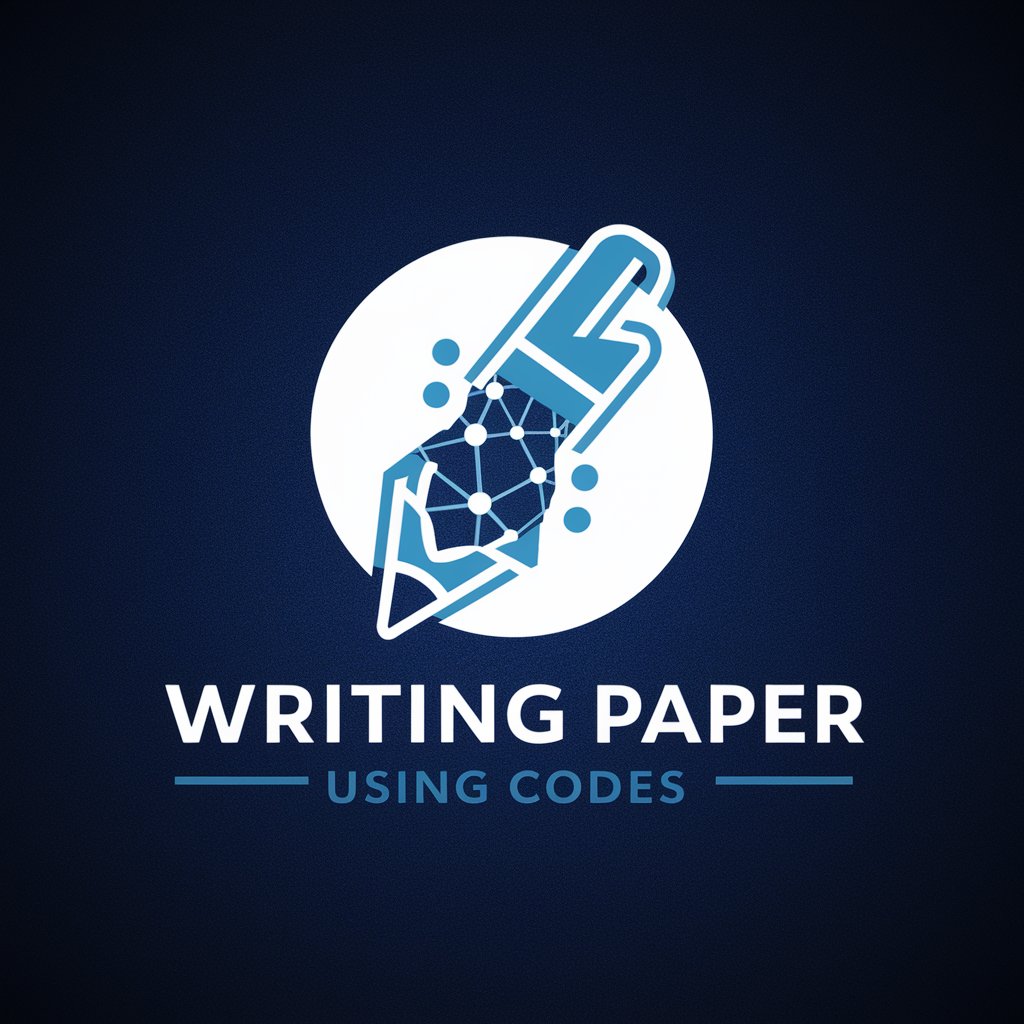
Civil engineer (Shallow foundation using eurocode)
AI-powered Eurocode foundation design simplification.

Create EDM Using AI
Craft the Beat, Let AI Do the Rest

Data Science using Python
Empowering data science learning through AI-driven guidance
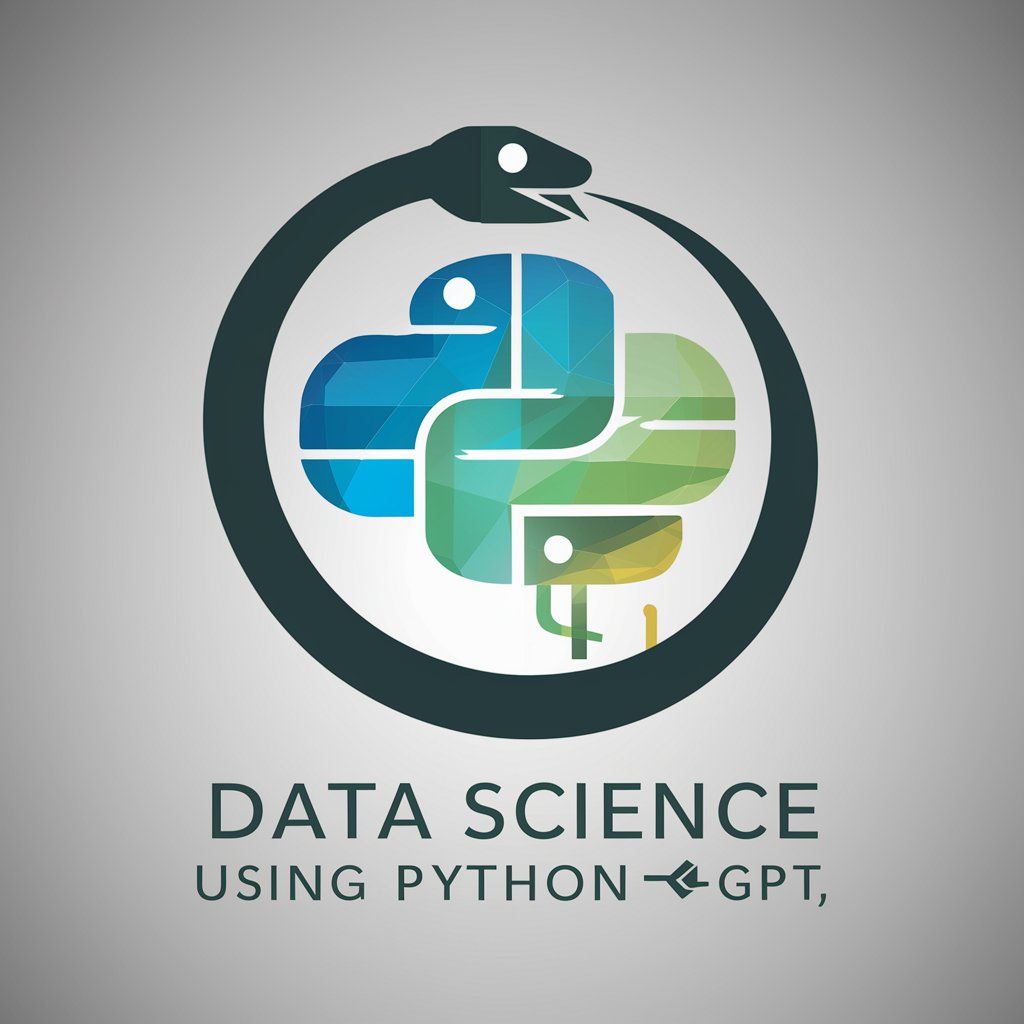
Technical App Using Prog Languages Lab Tutor
Empowering programmers with AI-driven insights.

Traduc World
Translate and preserve format with AI

Teaching Assistant Using Your Rubric
AI-Powered Educational Feedback
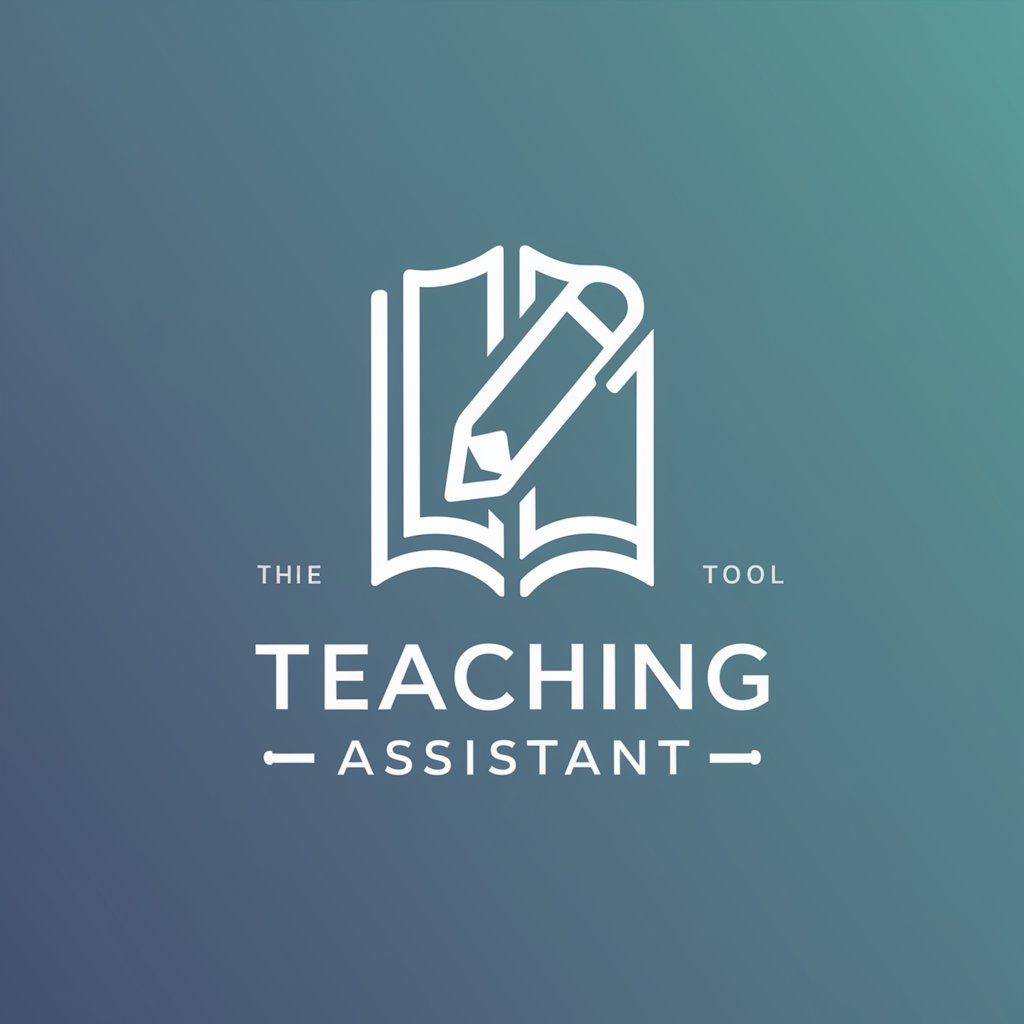
Article Write Using SEO
Empower Your Writing with AI-Driven SEO

Professional Coder
AI-powered coding assistance at your fingertips
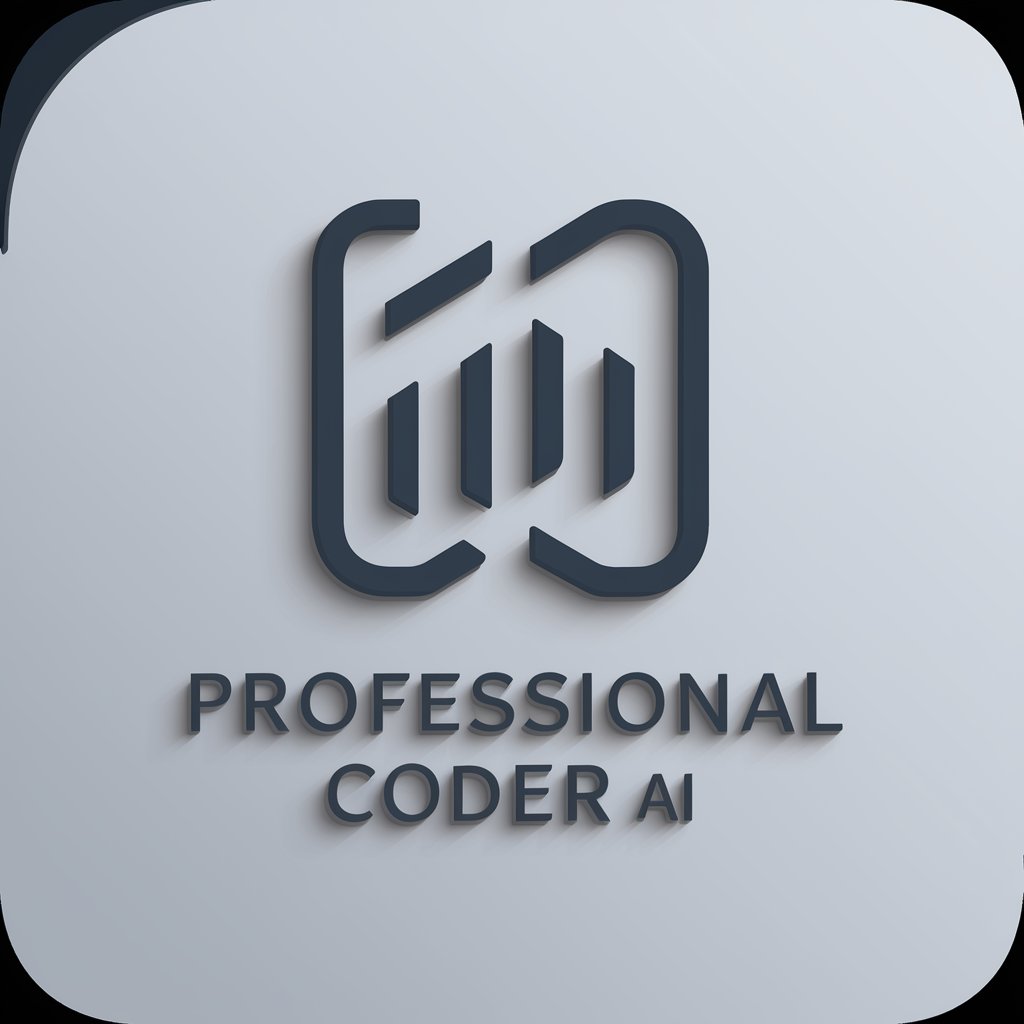
Professional Photo
Crafting Your Vision with AI

Uncle Will
Wisdom from the streets, powered by AI

Series 7 Tutor
Ace the Series 7 Exam with AI-powered Prep

FAQs on Assistant for Problem Solving Using Mental Models
What are mental models?
Mental models are frameworks or theories that help in understanding how things work in the real world. They offer structured approaches for problem-solving, decision-making, and understanding complex systems.
How does the Assistant suggest relevant mental models?
The Assistant evaluates the details of your problem to suggest the most applicable mental models. It considers the problem's context, your goals, and the nature of the challenge to recommend the best-suited models.
Can I use this Assistant for personal development?
Absolutely. The Assistant is designed to aid not only in solving specific problems but also in fostering personal growth by helping you think more clearly and make better decisions.
Is there a limit to the complexity of problems I can address?
While the Assistant is equipped to handle a wide range of problems, the effectiveness may vary with the complexity of the issue. It's best suited for problems where structured thinking and clear frameworks can provide significant insight.
How can I ensure the best results when using the Assistant?
Provide detailed descriptions of your problem, be open to exploring different mental models, and apply the suggestions iteratively. Evaluating the outcomes and adjusting your approach based on feedback can enhance the effectiveness of the solutions.